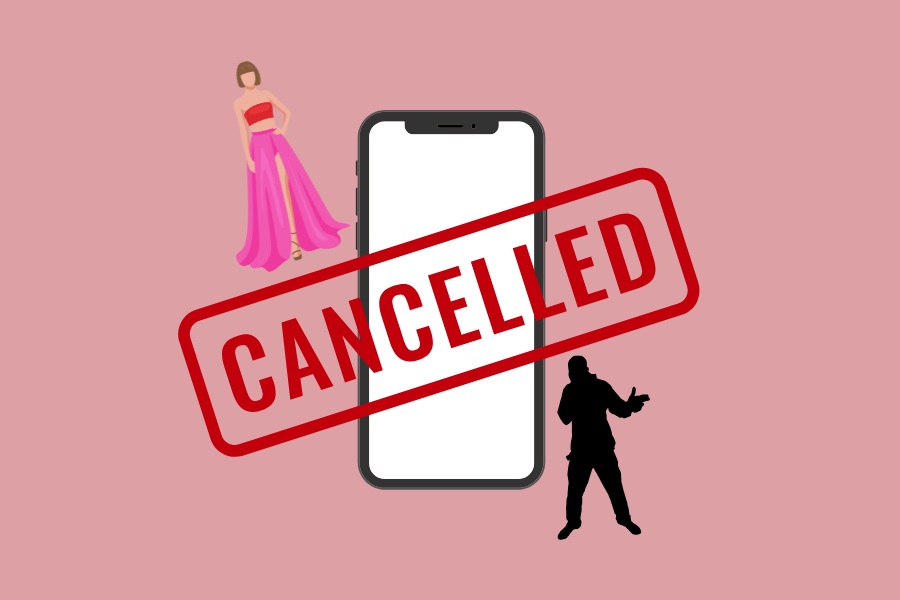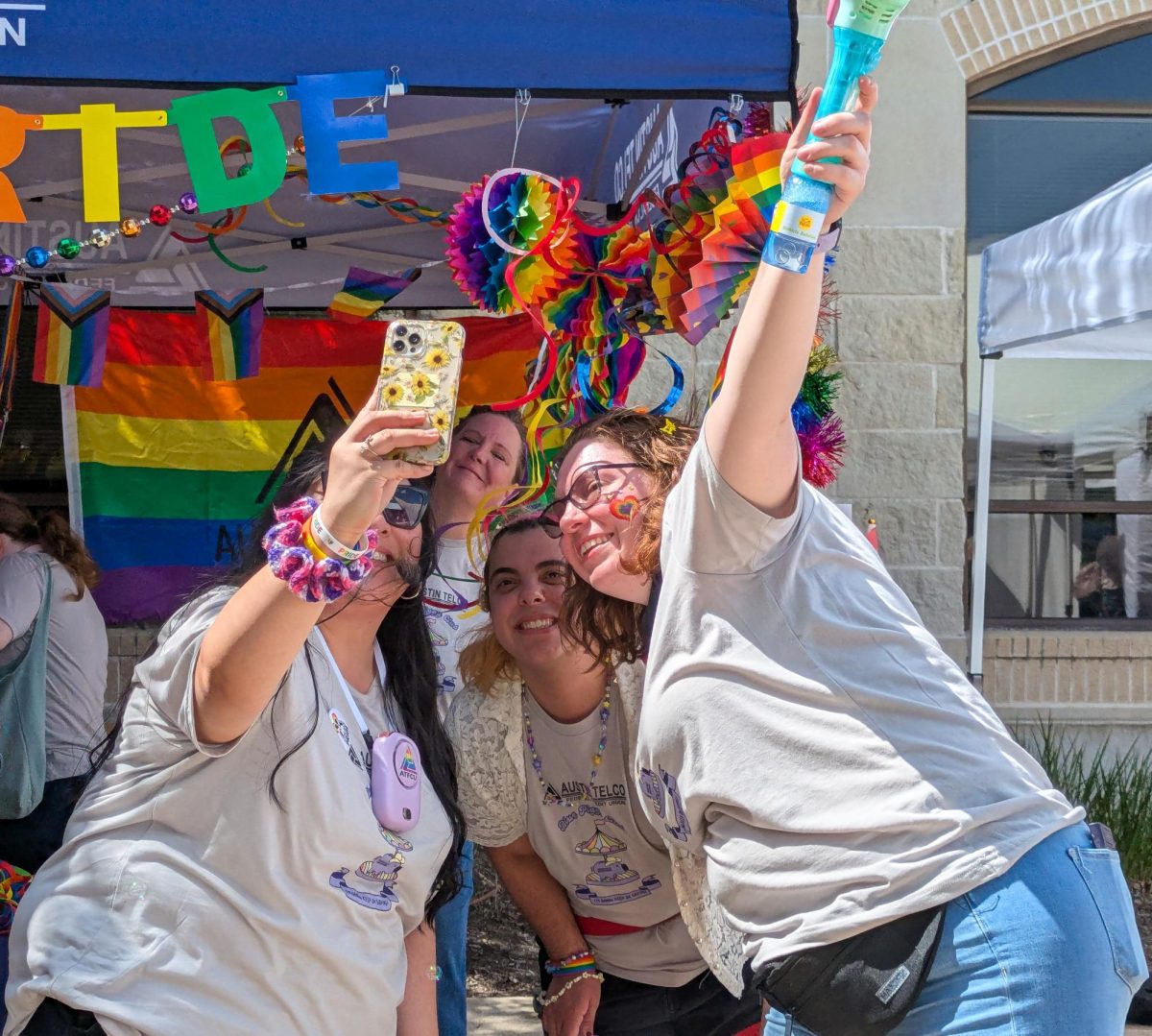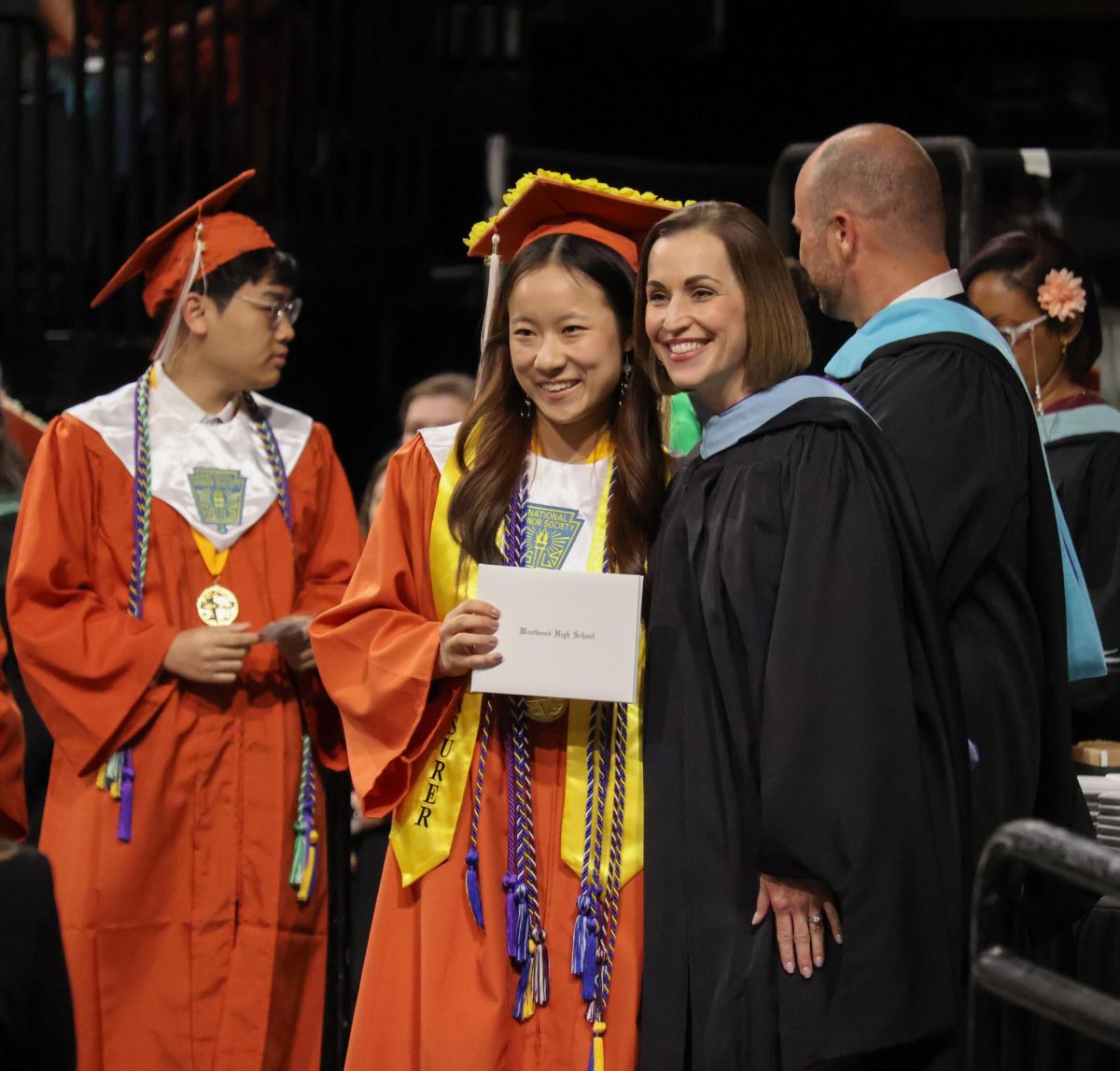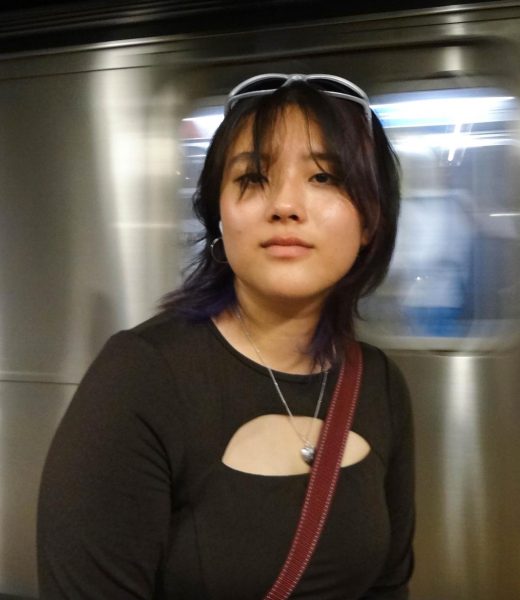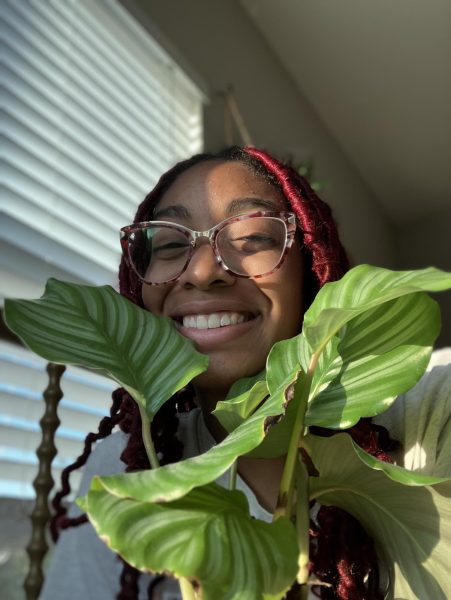Last month, a 15 year old girl killed two people and injured six more before turning the gun on herself in a shooting at Abundant Life Christian School in Madison, Wisconsin. This tragedy marks the 83rd school shooting this calendar year, surpassing 2023’s 82 school shootings and officially becoming the highest number of school shootings in a single year since counting for this statistic began in 2008. Although school shootings are not an America-specific problem, the sheer quantity of such domestic disasters completely eclipses every other country. From 2009 to 2018, America witnessed 288 total school shootings, while Mexico ranked second with a total of eight. Currently, the United States has a whopping 710 school shootings on record. Guns are the number one cause of death for children in this country. So why are we still debating this problem?
Domestically, it seems that every time a high profile school shooting occurs, the topic of gun control is brought up once again, yet it breezes by without any laws being implemented. However, this lack of gun control doesn’t occur in countries that have experienced gun violence incidents at schools in the past. In 1989 in Canada, an armed student killed 14 other students at a Montreal engineering school, prompting major gun reforms in the country, including a waiting period for purchases, mandatory training courses, detailed background checks, and restrictions on military-style firearms. No such comparable laws exist in the United States. Since the implementation of Canada’s laws shortly after, Canada’s deadliest ever mass shooting had 22 deaths. In America there have been eight mass shootings with a significantly higher number of deaths. The most fatal shooting was the 2017 Las Vegas shooting with 61 deaths.
It’s absurdly obvious what a difference gun reform makes. The lack of restrictions on access to such deadly weapons in America correlates strongly to the intense number of school shootings, or mass shootings in general, in the country. The difference between America’s school shooting counts and every other developed country in the world is easy access to guns. In the United States, there are more guns than people, with over 120 firearms per 100 people, with the second-place country for civilian-held firearms being the Falkland Islands at 62 guns per 100 people. Thus, evidently, America’s inhabitants have much easier access to firearms, which is additionally reflected in our lack of gun control in comparison to other countries.
It’s possible to acknowledge the role that guns have in American culture while also implementing common sense gun reforms that don’t violate the second amendment’s right to bear arms. For one, banning assault rifle access for civilians would help prevent mass shootings. Restricting access to semi-automatic or automatic rifles would greatly reduce death counts in such situations.
Robust background checks on all gun sales helps prevent potentially dangerous individuals from owning a firearm, such as those vulnerable to suicide or those with violent criminal backgrounds. A major contributing factor to increased school shootings in recent years is spikes in mental illness or radicalizations following the pandemic. Compared to other countries, America has weaker social infrastructures when it comes to supporting those at risk of harming themselves or others, in part due to large wealth gaps and income inequality. Tighter gun control wouldn’t be an immediate cure to the problem of violence or shootings in general, though it would absolutely make a difference. The sheer deadliness of guns combined with easy access to them is a dangerous combination.
Natalie Rupnow, the 15-year-old perpetrator of the recent Wisconsin shooting, wrote in an alleged manifesto that she wanted to die by suicide, but felt like carrying out a shooting was “better for evolution rather than just one stupid boring suicide.” The manifesto also alleges that getting her hands on a firearm from her father was easy. One can only speculate if her act of violence would have even happened, if to the same scale, had she not had such easy access to a gun.
What is doubly scary about lack of gun reform, despite it being a hot topic in the news every so often, is the reality that a school shooting can affect anyone, including people we interact with day to day. Two years ago, the Westwood community was alerted to a credible threat to bomb or shoot up the school, and much of the student population didn’t show up to class on the day the threat alleged. Although the student body was safe, the truth of the matter is that such acts of violence could happen at any time, especially in a state where guns are a seeming part of the culture. In Texas, a Handgun License is an acceptable form of voter identification. Although there are laws for carrying firearms in the state, these exist in other states, too, none of those have stopped school shootings from happening.
There should be an increased emphasis on who can obtain guns in the first place and under what circumstances. The concern about school shootings worries millions of Americans, no doubt many being children who could be directly affected by gun violence. This America-specific problem is somehow still being debated despite clear evidence that our country’s relatively relaxed gun laws correspond directly to the high number of gun deaths, especially in school-age populations. This sickening and disheartening reality that has an obvious yet unimplemented solution will continue to plague our communities until something legitimate is done about it.







